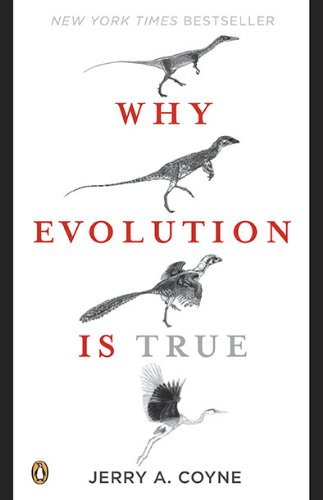Atavism In Modern Horses
Modern horses, which descend from smaller, five-toed ancestors, show similar atavisms. The fossil record documents the gradual loss of toes over time, so that in modern horses only the middle one—the hoof—remains. It turns out that horse embryos begin development with three toes, which grow at equal rates. Later, however, the middle toe begins to grow faster than the other two, which at birth are left as thin “splint bones” along either side of the leg. (Splint bones are true vestigial features. When they become inflamed, a horse gets “the splints.”) On rare occasions, though, the extra digits continue developing until they become true extra toes, complete with hoofs. Often these atavistic toes don’t touch the ground unless the horse is running. This is exactly what the ancient horse Merychippus looked like fifteen million years ago. Extra-toed horses were once considered supernatural wonders: both Julius Caesar and Alexander the Great were said to have ridden them. And they are wonders of a sort—wonders of evolution—for they clearly show genetic kinship between ancient and modern horses.
Notes:
Modern horses have a common birth defect of growing extra toes from when their ancestors had them.
Folksonomies: evolution atavism
Taxonomies:
/sports/horse racing (0.440934)
/sports/horses (0.429502)
/travel/tourist destinations/greece (0.408692)
Keywords:
modern horses (0.995138 (positive:0.225366)), splint bones (0.850383 (negative:-0.286584)), toes (0.815095 (positive:0.177674)), extra toes (0.799128 (neutral:0.000000)), common birth defect (0.786579 (neutral:0.000000)), Horses Modern horses (0.761970 (neutral:0.000000)), fossil record documents (0.758810 (negative:-0.578898)), atavistic toes (0.719612 (negative:-0.324475)), ancient horse Merychippus (0.696409 (neutral:0.000000)), similar atavisms (0.619187 (positive:0.211055)), extra digits (0.617859 (neutral:0.000000)), five-toed ancestors (0.617801 (neutral:0.000000)), gradual loss (0.609350 (negative:-0.578898)), equal rates (0.603027 (neutral:0.000000)), middle toe (0.601161 (neutral:0.000000)), supernatural wonders (0.594670 (negative:-0.229326)), horse embryos (0.593153 (neutral:0.000000)), Julius Caesar (0.590936 (negative:-0.403715)), middle one—the (0.585513 (neutral:0.000000)), rare occasions (0.583776 (positive:0.499419)), genetic kinship (0.582353 (neutral:0.000000)), Extra-toed horses (0.564754 (negative:-0.229326)), hoofs (0.461905 (neutral:0.000000)), leg (0.441276 (negative:-0.255475)), time (0.434555 (negative:-0.262918)), development (0.434436 (neutral:0.000000)), splints. (0.433815 (negative:-0.408322)), ground (0.432601 (negative:-0.345126))
Entities:
birth defect:FieldTerminology (0.769185 (neutral:0.000000)), Julius Caesar:Person (0.674332 (negative:-0.403715)), Merychippus:Person (0.490342 (neutral:0.000000)), fifteen million years:Quantity (0.490342 (neutral:0.000000))
Concepts:
Alexander the Great (0.972698): dbpedia | freebase | yago
Atavism (0.968347): dbpedia | freebase
Julius Caesar (0.850595): dbpedia | freebase | yago
Horse (0.732325): dbpedia | freebase | opencyc
Splints (0.732012): dbpedia | freebase
Toe (0.731347): dbpedia | freebase | opencyc
Ancient Rome (0.680365): dbpedia | freebase | yago
Ancient history (0.665610): dbpedia | freebase | opencyc





